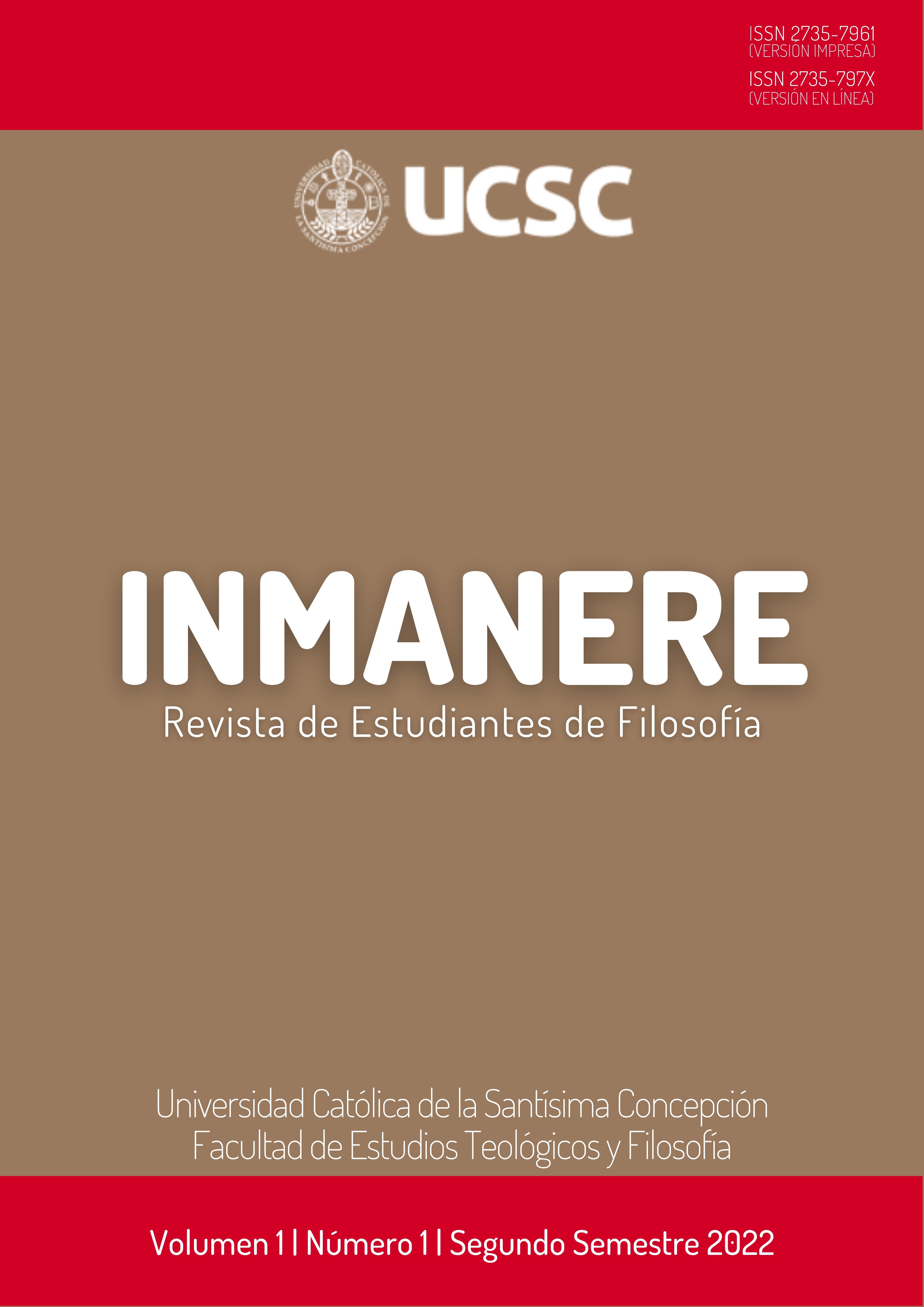The Icon versus art: its particularities, differences and implications
Main Article Content
Abstract
This article analyzes the dimension of the icon, understood as a manifestation of God towards man, and how through this medium an encounter is created. This relationship is studied in the field of art, specifically that which is inspired by religious motifs; from here an analysis is made of the particularities of the icon in relation to it. For this, the origin of the icon and the essential characteristics that have constituted it as the cult image par excellence will be traced, compared to all the religious art that has been produced throughout the history of art. To this end, we will seek to glimpse how the great classical artists have changed the focus of the image and have focused on the aesthetic beauty, rather than on the background of the image made; in this way, the role played by the artist in both types of production is key.
Article Details
Section

This work is licensed under a Creative Commons Attribution 4.0 International License.
The work is licensed under a Creative Commons Attribution 4.0 International License. This license allows sharing and adaptation of the material in any medium or format, even for commercial purposes. Proper attribution must be given, including a link to the license and indicating any changes made to the material. No additional restrictions may be applied that legally limit others from exercising the permissions granted by the license.
How to Cite
References
Guardini, R. (1960). Imagen de culto e imagen de devoción. Guadarrama.
Lewis, C. (1989). Las Crónicas de Narnia VII. Andrés Bello.
Marion, J. L. (2006). El cruce de lo visible. Ellago.
Novoa, F. (2021). Ausencia del pensamiento en el arte: aportes de Jean Luc Marion. Revista de Filosofía UCSC, (20), 69–88. https://doi.org/10.21703/2735-6353.2021.20.02004 DOI: https://doi.org/10.21703/2735-6353.2021.20.02004
Ratzinger, J. (2001). El espíritu de la Liturgia. Una introducción. Cristiandad.
Ratzinger, J. (2003). La contemplación de la belleza. Humánitas, (29), 48-53.
Schönborn, C. (1999). El icono de Cristo. Encuentro.
Solís, D. (2019). El ícono y su herencia en el arte. Veritas, (44), 143-167. http://dx.doi.org/10.4067/S0718-92732019000300143 DOI: https://doi.org/10.4067/S0718-92732019000300143




